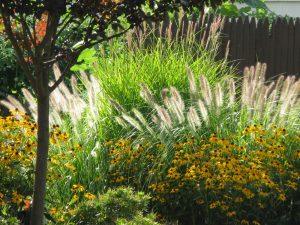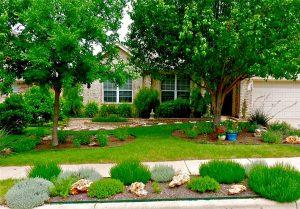 Water has entered my conversations a lot lately. It comes up when I walk at the West Hartford Reservoir with my best friend and we discuss the news of the MDC sale of water to the Niagara bottling company, it comes up when I catch up on another friend’s daughters, one in California and one in Texas both battling serious droughts and wildfires, it comes up when chatting with neighbors about their yellowing lawns. Water may be the next resource we begin to lose, and we should start now in our own backyards to use it wisely.
Water has entered my conversations a lot lately. It comes up when I walk at the West Hartford Reservoir with my best friend and we discuss the news of the MDC sale of water to the Niagara bottling company, it comes up when I catch up on another friend’s daughters, one in California and one in Texas both battling serious droughts and wildfires, it comes up when chatting with neighbors about their yellowing lawns. Water may be the next resource we begin to lose, and we should start now in our own backyards to use it wisely.
I feel guilty whenever I water my lawn. I always have, and now that we’re halfway through another dry summer it’s worse than usual. I’m not obsessive about green grass, so it generally goes unwatered for most of the summer, but when I walked over my crackly grass a few weeks ago to water my dahlias, I could almost hear it begging me to give it a little drink too. So I gave in and watered. Twice. Then came the town of Southington’s request to start conserving outside water use.
I have to admit that I am glad the water conservation rules are in effect. I’ve taken it as a challenge to see how creative I can be in my household water conservation. Here are a few I’ve come up with:
When hand-washing dishes use a plastic tub for the rinse water. That water, also known as greywater, can be used to water plants outside. It gives you an idea of how much water you’ve used in the task as well.
Rain Barrels are a terrific idea. If the cost is prohibitive, any container can become a rain barrel, as long as it’s easily accessible and has a cover. Whenever rain is forecast, take the cover off and let it fill up naturally. A cover is important – standing water is a magnet for mosquitos. I’ve been using an old cooler for this purpose. The melted icecubes in that cooler were a great start!
We have a fish pond, and when we clean the filter pads we fill a covered bucket with the rinse water for outside plant watering. The nutrients in the pond water are terrific for watering everything in your yard. Just dilute it a bit with fresh water first.
Having a septic tank has made us very aware of what we put down our drains or toilets, but the same rules should apply to everyone: no flushing of household chemicals, excess paper, bleach, solvents or paint residue, and take advantage of the hazardous materials pickup days the town offers throughout the year. Look in your local newspaper or look online on the town website for the next available dates. Keep a spot in your garage or shed in a safe spot for collection of those items, and once it’s filled up, circle the date on your calendar to get rid of them responsibly.
When watering, use a hose sprayer to concentrate your watering to the base of each plant that needs watering. Watering the leaves is wasteful in most cases and can promote disease. Also, you can turn the spray off as you move about your garden and just water where you need it. Soaker hoses are great if you have a large area that needs irrigation.
Also, water well or not at all. A good soaking once a week is much better than a quick spray every day. The soaking promotes deep root growth, so water until the plant has a small well of water around it which will sink in gradually to keep those roots cool & healthy. Of course, potted or hanging plants will need a daily watering on hot summer days.
 If you’re looking to add landscaping to your property that doesn’t require a lot of water, Xeriscaping may be the way to go. Xeriscaping is landscaping with plants appropriate to the local climate that don’t require much water, and the landscape design is made to eliminate evaporation and runoff. There are xeriscape gardens in the area you can visit for ideas. Google xeriscapes in CT for a list of spots close to you.
If you’re looking to add landscaping to your property that doesn’t require a lot of water, Xeriscaping may be the way to go. Xeriscaping is landscaping with plants appropriate to the local climate that don’t require much water, and the landscape design is made to eliminate evaporation and runoff. There are xeriscape gardens in the area you can visit for ideas. Google xeriscapes in CT for a list of spots close to you.
I hope these ideas were helpful and get you thinking about what you can do to use this resource wisely. It’s easy to forget conservation when you turn on the tap and that lovely, fresh water is right there for you, but that comes with a cost. Our water companies work hard to make certain that water from your tap is clean and safe, but it ain’t cheap to keep it that way. Please keep that in mind next time you turn on the tap!
